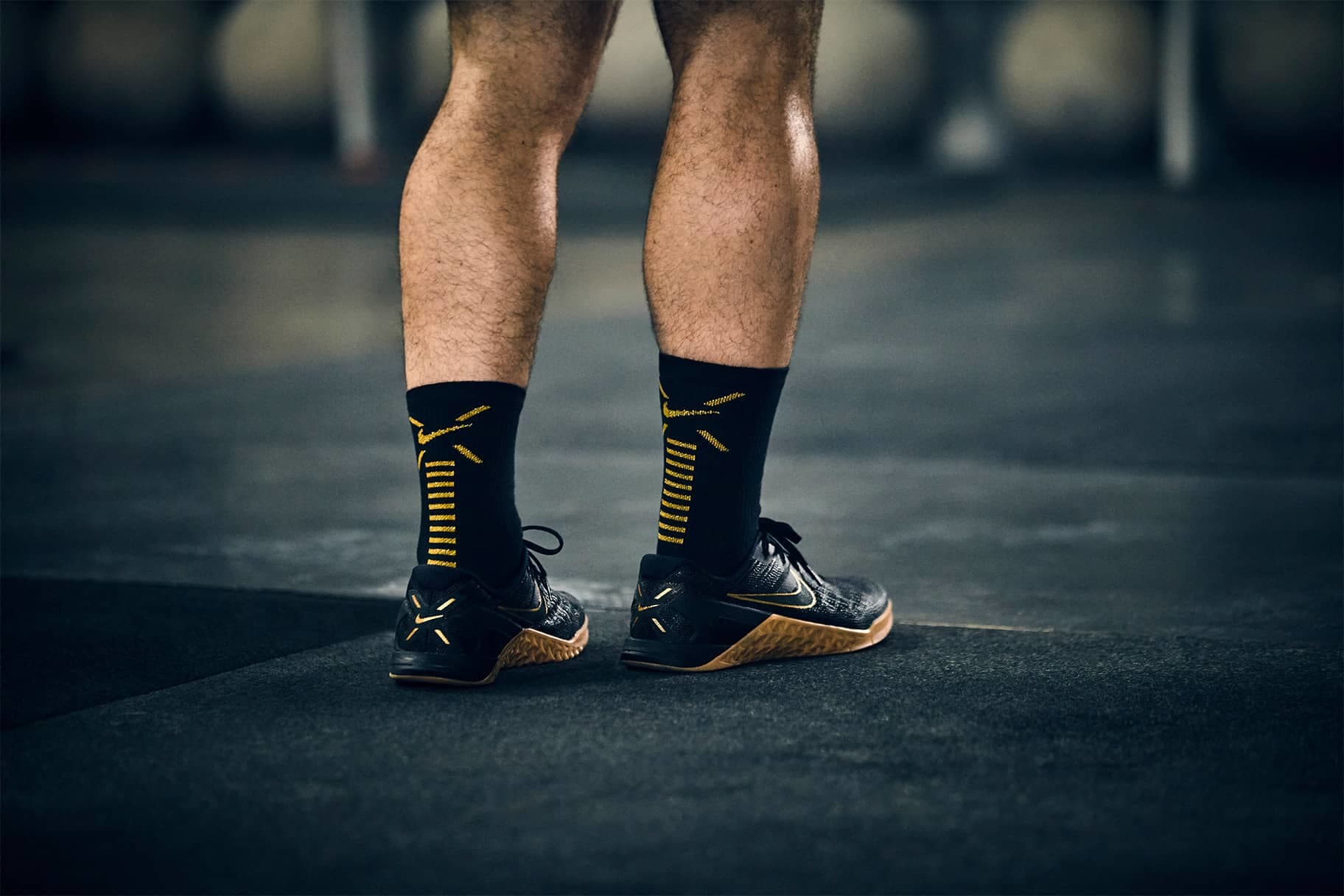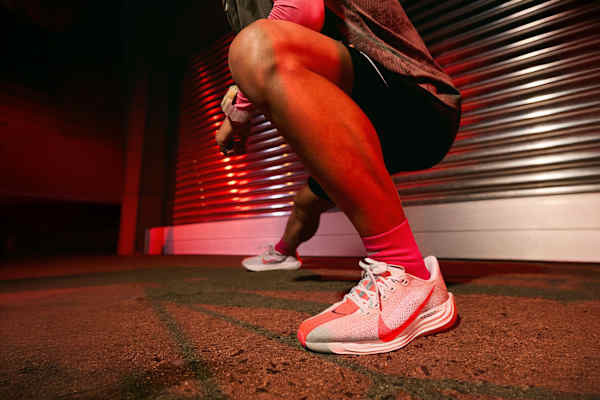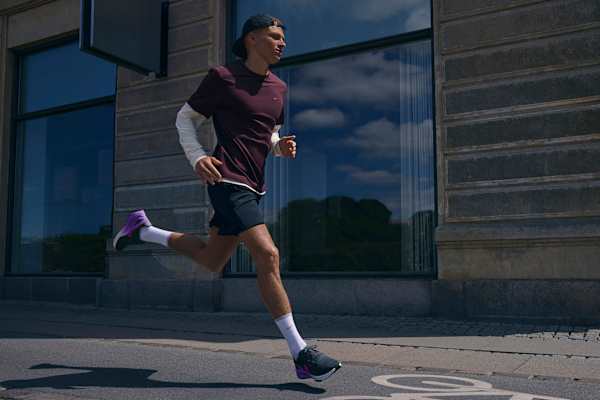Are there benefits to wearing compression socks to bed?
Health & wellness
Research suggests compression socks can be beneficial for athletic performance, but is it necessary to wear them when you sleep?

Compression socks have come a long way since they first appeared on the market in 1950. The compression garment went from a niche athletic tool to a staple for athletes and everyday gym-goers looking to boost performance. Some people go as far as sleeping in compression socks.
But should you wear compression socks to bed? Learn what the research and experts say.
How do compression socks work?
Compression socks or stockings are designed to fit more tightly around the feet, ankles and calves than typical socks. This tight fit squeezes the calf muscles, keeping blood—and the oxygen and nutrients it carries—moving to the muscles, said Devin Trachman, PT, DPT, MTC, OCS, physiotherapist and clinic director at Physical Therapy Central in Edmond, Oklahoma.
Without compression socks, your circulatory system has to work harder to overcome gravity when returning blood from the foot up to the heart. Wearing compression socks when exercising can give your circulatory system a boost. They help move your blood upwards to be reoxygenated in the lungs quickly, so it can be pumped back to the muscles that need it.
Some research suggests this may translate to performance benefits. For example, a study in the Journal of Strength and Conditioning Research found that footballers were able to cover more distance at high-intensity speeds during a football match when wearing compression socks.
By gently squeezing the muscles, compression socks can also limit muscle oscillations (how much they vibrate during exercise), which means less energy gets wasted. "Think of a shopping trolley with a single wobbly wheel", said R.J. Williams, PT, DPT, a physiotherapist at FYZICAL Therapy and Balance Centers. "That rattling is wasted energy and requires more pushing to move the trolley in the direction you want it to go".
Should you wear compression socks to bed?
Is there any benefit to wearing compression socks when you sleep?
The short answer: probably not.
"There isn't nearly as much of a benefit to sleeping in [compression socks] as there is to wearing them during the day or with activity due to the relationship with gravity", said Bill Kelley, DPT, ATC, CSCS and owner of Aries Physical Therapy in Fort Lauderdale, Florida.
Your veins perform the same work when you lie in bed to sleep as when you're upright. However, because your legs are flat on the bed when sleeping, your veins don't have to fight gravity when moving blood to your heart. So, adding a compression sock won't offer any advantage for blood flow, Kelley said.
You can wear compression socks to bed. However, know that there is no current evidence to support it having benefits for muscle recovery or athletic performance.
What to know before sleeping in compression socks
If you're still interested in wearing compression stockings to bed, chat with your doctor first. Nisha Bunke, MD, vein specialist and medical director of La Jolla Vein and Vascular in San Diego, and co-editor of The Vein Book, 2nd edition, said to steer clear of sleeping in compression socks if you have peripheral artery disease (a condition where the arteries become narrow or blocked), diabetes or neuropathy (when nerves outside the brain and spinal cord are damaged). Otherwise, you risk developing high blood pressure and foot complications.
Once you get the go-ahead from your doctor to sleep in compression socks, start with mild compression levels, Trachman said.
Compression levels are graded in mmHg, or millimetres of mercury. A unit of pressure, mmHg is the reading that a blood pressure cuff gives on its gauge. This number is used to measure the pressure in the blood vessels. In compression socks, this is classified by the pressure applied at the level of the ankle.
According to Trachman, mild compression socks rate as 15–20 mmHg, moderate ones as 20–30 mmHg and high ones as anything greater than 30 mmHg. Begin with compression socks that rate 15–20 mmHg and see how they feel.
"I encourage people to pay close attention to their bodies", Trachman said. So, stop wearing compression socks if they cause discomfort.
Also, remove your compression socks if you develop foot pain or numbness, Bunke said.
Words by Lauren Bedosky




